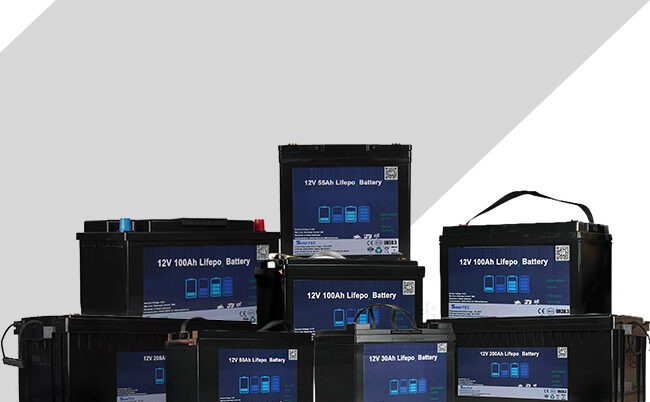The purpose of this glossary of technical terms is to assist you in the understanding of standard battery industry terms.
| Terms | Details | |
| 1 | Ampere | The unit of measurement for current. |
| 2 | AH | It stands for “ampere-hour”, a unit of measurement used to describe the capacity of a battery. It indicates the amount of electrical charge a battery can deliver over a specific period. For example, a battery with a capacity of 1 Ah can supply 1 ampere of current for 1 hour, or 2 amperes for 30 minutes. |
| 3 | mAH | It stands for “milliampere-hour”, a unit of measurement used to describe the capacity of a battery. It indicates how much electrical charge a battery can hold and deliver over time. For example, a battery with a capacity of 1,000 mAh can supply 1,000 milliamperes (1 ampere) of current for one hour, or 500 milliamperes for two hours. |
| 4 | Internal Resistance | It refers to the resistance that exists within a battery due to the flow of current through its electrolyte and other internal components. |
| 5 | Rated Capacity | It is the amount of charge a battery can deliver under specified conditions, usually measured in ampere-hours (Ah). |
| 6 | Nominal Capacity | It refers to the specified capacity of the battery, which is commonly expressed in ampere-hours (Ah), indicating the amount of charge the battery can deliver over a specific duration. |
| 7 | Cycle | A single charge or discharge of a cell or LiFePO4 battery. |
| 8 | Deep Cycle | A cycle in which a LiFePO4 battery is continuously discharged until it reaches its cut-off voltage. |
| 9 | Wattage | It refers to the amount of electrical power a battery can deliver, typically measured in watt-hours (Wh). |
| 10 | Watt-Hour | It is commonly used to measure the capacity of batteries and their energy consumption. For instance, a battery rated at 500 Wh can deliver 500 watts of power for one hour or 250 watts for two hours. |
| 11 | State of Charge (SoC) | It refers to the level of charge of a battery relative to its capacity and is usually expressed as a percentage. |
| 12 | Series Connection | It means that batteries are connected end-to-end, increasing the total voltage while keeping the same capacity (ampere-hours, Ah) |
| 13 | Parallel connection | It means that batteries are connected side by side, with their positive terminals connected together and their negative terminals connected together. This configuration increases the total capacity (ampere-hours, Ah) while keeping the voltage the same. |

